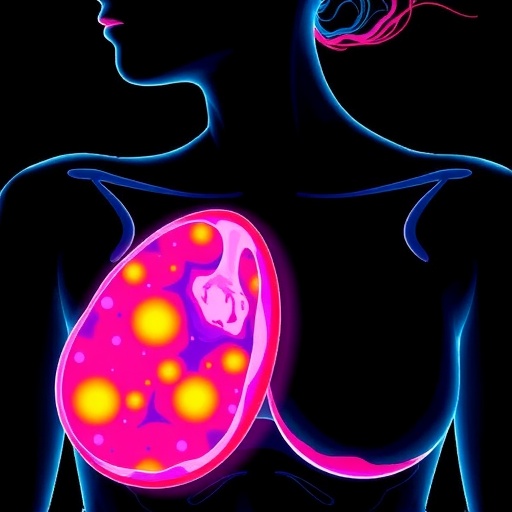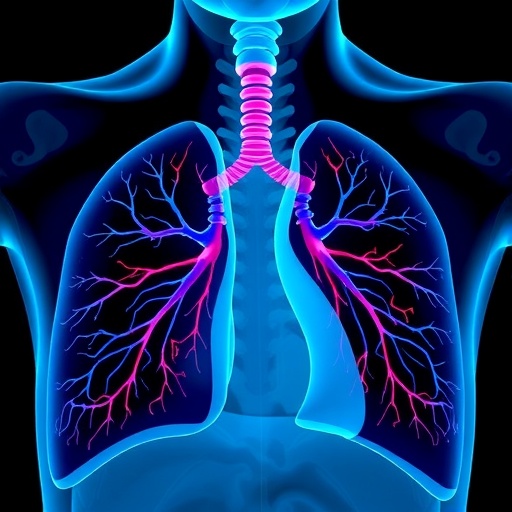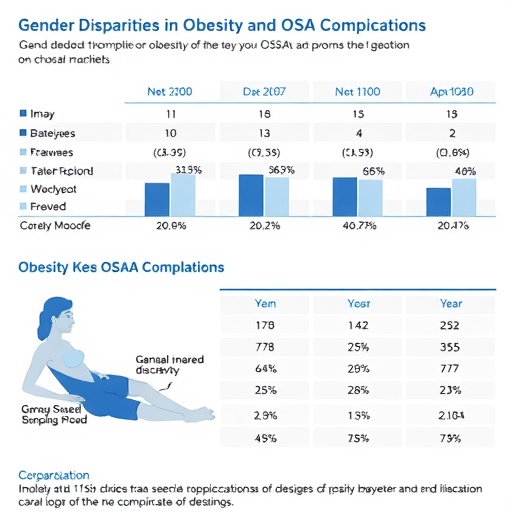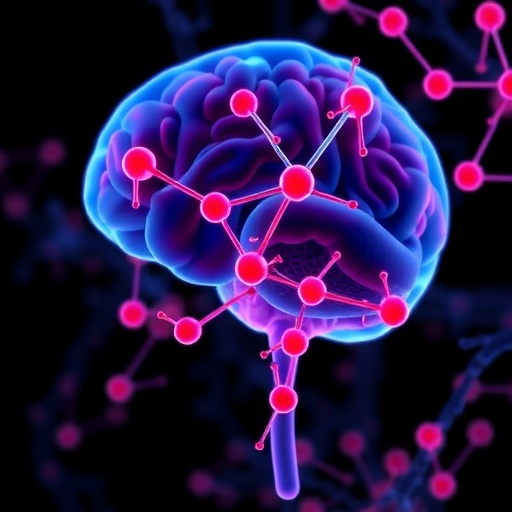PROTECT YOUR DNA WITH QUANTUM TECHNOLOGY
Orgo-Life the new way to the future Advertising by AdpathwayIn a groundbreaking study that merges proteomics with advanced glycoproteomic analysis, researchers have unveiled significant insights into glioblastoma multiforme (GBM), one of the most aggressive forms of brain cancer. The team led by Hu et al. has meticulously explored the alterations in glycosylation patterns within glioblastoma cells, shedding light on the complex biological mechanisms underpinning tumor progression and resistance to therapies. Their findings not only enhance the current understanding of GBM biochemistry but also pave the way for novel therapeutic strategies.
Glycosylation, a post-translational modification where sugar molecules attach to proteins, plays a pivotal role in diverse biological processes, such as cell signaling, immune response, and tumor development. The heterogeneity of glycosylation within tumors, particularly in glioblastoma, has long posed challenges for effective treatment and diagnosis. Hu and colleagues’ integrated approach employs state-of-the-art mass spectrometry techniques to analyze the intricacies of N-glycosylation, providing a comprehensive view of its role in glioblastoma pathophysiology.
This study emphasizes the importance of characterizing the N-glycoproteome in cancer research, particularly in glioblastoma, where glycosylation patterns can reflect tumor aggressiveness and prognostic outcomes. Through meticulous experimental design, the researchers investigated various GBM samples, focusing on the variations in N-glycosylation and their potential implications for treatment response. By employing both proteomics and glycoproteomics, they successfully highlighted significant heterogeneities in glycosylation profiles, which could lead to stratified treatment approaches for GBM patients.
The alterations in sialylation and fucosylation were particularly striking, revealing their potential role in immune evasion and tumor progression. Sialic acids are well-known for their ability to modulate cell interactions and shield cells from immune detection. The study’s findings suggest that increased sialylation in glioblastoma may contribute to the tumor’s evasive maneuvers against the host immune system, complicating therapeutic interventions. Furthermore, fucosylation modifications were shown to correlate with aggressive cancer phenotypes, pointing towards a critical area for potential therapeutic targeting.
Understanding the dynamics of these sugar modifications offers a new dimension to the conventional approaches that primarily focus on protein expression alone. With this integrated proteomic and glycoproteomic characterization, researchers can now begin to see a more comprehensive landscape of GBM biology. This dual approach not only elucidates the functional impact of glycosylation but also reveals potential biomarkers that could be exploited for therapeutic purposes.
The implications of these findings could revolutionize the landscape of glioblastoma treatment. By targeting specific glycosylation pathways, there may be opportunities to develop novel inhibitors that disrupt the tumor’s ability to evade immune responses, thereby enhancing the effectiveness of existing therapies. Moreover, the heterogeneities observed in glycosylation patterns may serve as a basis for personalized medicine, allowing clinicians to tailor treatment strategies to individual patient profiles.
In the intricacies of glioblastoma treatment, the need for detailed molecular characterization cannot be overstated. As the researchers have shown, variations in cancer glycoproteins could inform both diagnosis and treatment strategies. Such insights underscore the necessity for ongoing research into the molecular underpinnings of GBM and other malignancies, which may ultimately lead to more effective interventions and improved patient outcomes.
As the battle against glioblastoma continues, this study stands as a testament to the power of interdisciplinary research. By combining proteomics and glycoproteomics, the authors not only expand the horizons of cancer biology but also exemplify the potential for future breakthroughs stemming from such integrative approaches. The findings of Hu et al. offer a hopeful glimpse into a future where the complex interplay of proteins and glycan structures is harnessed for better clinical outcomes.
Moving forward, these insights will need to be further validated in extensive clinical trials to assess their potential in real-world applications. The path from bench to bedside remains complex, yet the groundwork laid by this research is invaluable. It provides not only a deeper understanding of glioblastoma biology but also highlights the critical importance of glycosylation in cancer diagnostics and therapeutics.
In conclusion, the integration of proteomics and glycoproteomics presents a powerful tool for unraveling the complexities of glioblastoma multiforme. By characterizing the unique glycosylation patterns and their biological implications, researchers are taking significant strides toward elucidating the mechanisms of tumor aggression and therapeutic resistance. This significant research venture promises to alter the landscape of GBM treatment and improve the quality of life for countless patients battling this formidable disease.
As we continue to explore the depths of cancer biology, studies such as this will undoubtedly inspire further investigations into the cellular mechanisms at play and offer potential pathways to novel and more effective treatments.
Subject of Research: Glioblastoma multiforme glycosylation patterns
Article Title: Integrated proteomics and N-glycoproteomic characterization of glioblastoma multiform revealed N-glycosylation heterogeneities as well as alterations in sialyation and fucosylation.
Article References:
Hu, M., Xu, K., Yang, G. et al. Integrated proteomics and N-glycoproteomic characterization of glioblastoma multiform revealed N-glycosylation heterogeneities as well as alterations in sialyation and fucosylation.
Clin Proteom 22, 6 (2025). https://doi.org/10.1186/s12014-025-09525-9
Image Credits: AI Generated
DOI: 10.1186/s12014-025-09525-9
Keywords: glioblastoma multiforme, glycosylation, N-glycoproteomics, proteomics, cancer biology, therapeutic targeting, personalized medicine
Tags: advancements in glycoproteomicsbiological mechanisms of glioblastomaglioblastoma multiforme researchglycosylation and immune responseheterogeneity in tumor glycosylationmass spectrometry in cancer researchN-glycosylation patterns in cancerpost-translational modifications in cancerprognostic outcomes in glioblastomaproteomic analysis of brain tumorstherapeutic strategies for glioblastomatumor progression and glycosylation


 1 day ago
9
1 day ago
9





















 English (US) ·
English (US) ·  French (CA) ·
French (CA) ·